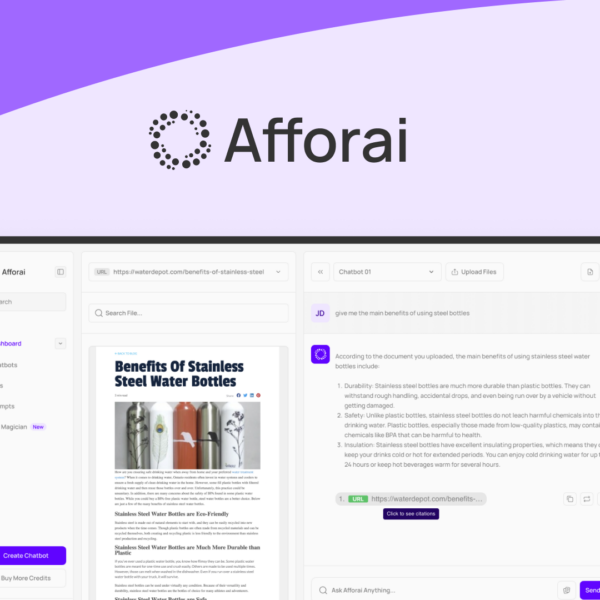In today’s digital landscape, localization plays a pivotal role in making software accessible and relevant to diverse markets. But how do companies bridge the gap between their products and the cultural nuances of users globally? Let’s dive in!
Localization is more than just translating words. It involves adapting your software to meet the cultural and linguistic needs of different regions. Users feel more comfortable when they can engage with a product in their own language. This can raise user satisfaction significantly.
Why Localization Matters
When you localize your SaaS product, you show respect for your users’ cultures. They’re more likely to trust and use your software. By using local date formats, currencies, and even imagery, you make the software familiar to users. This helps avoid confusion and builds loyalty.
Improving User Experience
A well-localized product can greatly improve user experience. Users are more likely to complete tasks and achieve their goals when they understand the software easily. They want intuitive navigation without barriers. Good localization helps you achieve this.
Successful Examples
Many global companies have seen success through localization. For example, Adobe adjusts its software for each market. They translate not just text but also adapt visuals and functionality. This attention to detail helps them connect with users everywhere.
How to Localize Effectively
To start, research your target audience. Understand their language, preferences, and cultural norms. Make a list of key features that may need localization. Collaborate with local experts to ensure accuracy. This process will enhance the effectiveness of your localization strategies.
Using software tools can help too. They can streamline the translation process and ensure consistency across all languages. Remember, localization is an ongoing effort. Regular updates will keep your software relevant and user-friendly.




